The beautiful thing about living in the modern world is that people can hold almost any belief, and they will be accepted in society. There might be some judgmental people, but generally people of all beliefs are accepted. That being said, while everyone is free to believe in what they believe in, some religious beliefs have been completely disproven by science. Despite that, some people still cling to these beliefs.
1. The Earth is only a few thousand years old.
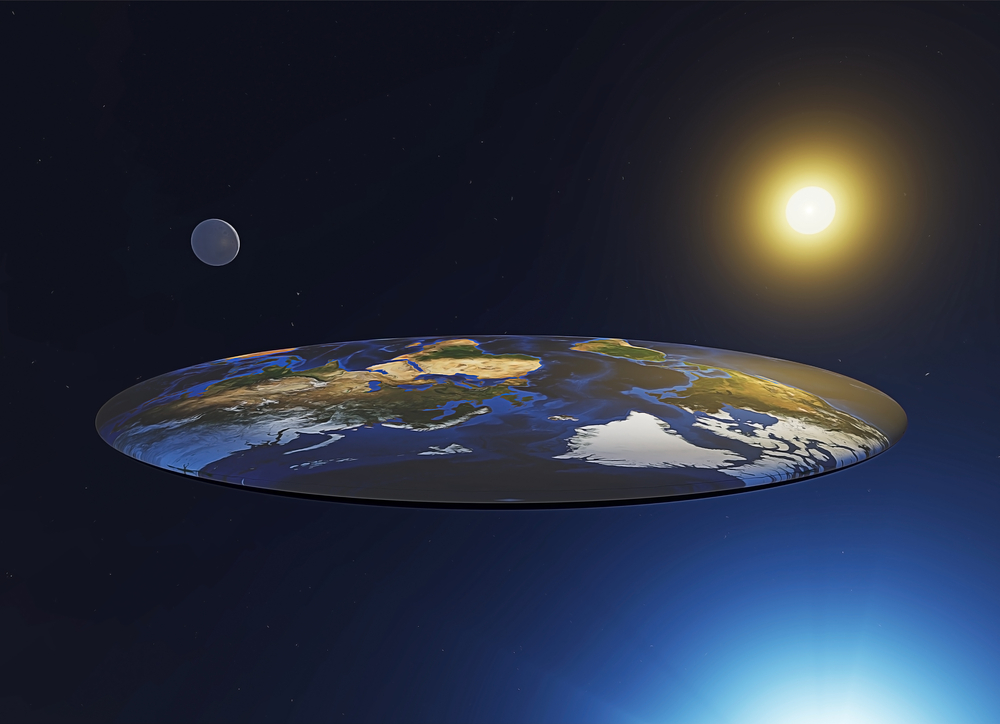
A common belief in many religious communities is that the Earth only recently came into existence. While science says that the Earth formed around 4.5 billion years ago, many religious texts state that the Earth was formed a few thousand years ago. While this has been completely debunked by science, many religious people still cling to this belief.
2. Humans and dinosaurs coexisted.

Paleontologists and other experts have done lots of research to determine that it’s been roughly 65 million years since the last dinosaur died in an extinction event. Human fossils first started to appear 2-6 million years ago. Despite that wide gap in the scientific community, many religious people believe that humans and dinosaurs once existed simultaneously.
3. The Earth was once covered by a global flood.

The story of Noah’s Ark is a central narrative in many faiths, including Christianity. It’s looked at as a scientific event where the miracle of Noah’s Ark kept humans and many other species alive. However, there is no geological evidence that supports a global flood at any time during the existence of the human race.
4. Evolution is not real.
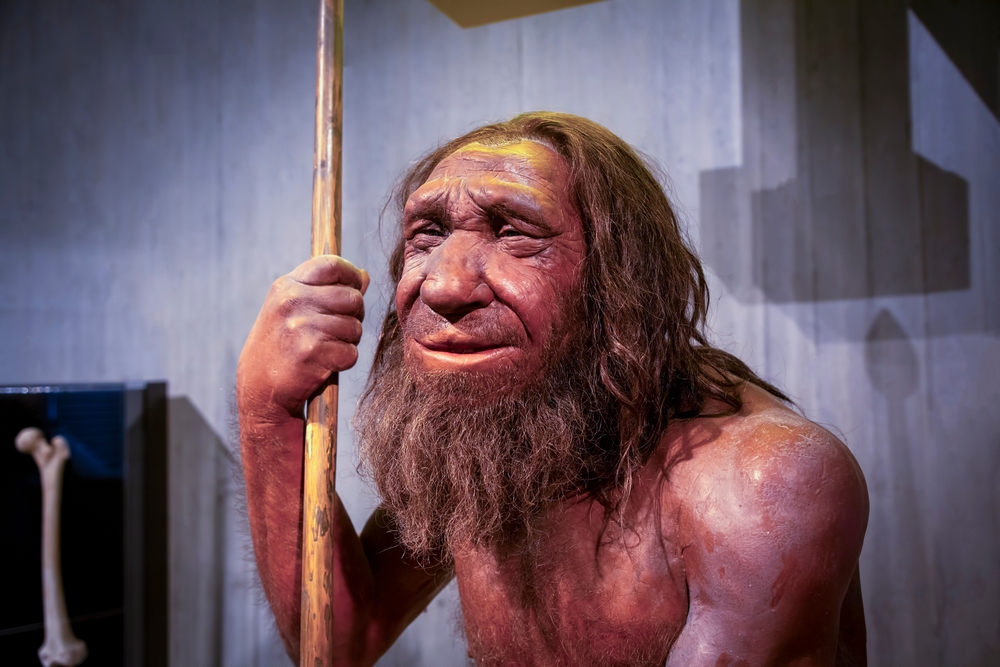
These days, it’s a proven scientific fact that humans and all other species have evolved over millions of years into what they are today. However, despite a mountain of evidence proving the reality of evolution, many religious people deny it with every fiber of their being.
5. Prayer can be used as a healing tool.

Prayer can be a positive thing. It can help bring comfort to people in times of need. However, there is no evidence that it has a physical effect on healing. A positive mindset can certainly help the healing process. However, prayer itself doesn’t have a physical effect on people.
6. Vaccines are harmful and unnecessary.

The anti-vax movement is one that has been growing in recent years. Once a fringe movement, it’s now become popular in many religious groups. Many religious people not only believe that vaccines are unnecessary but also believe they’re harmful. This stems from a misunderstanding of what vaccines do and how they help people avoid viruses.
7. The Earth is flat.

While the Flat Earth Theory is a fringe theory in the modern day, the idea that the Earth is flat still has roots in many religious communities. That said, there is irrefutable proof that the Earth is a sphere and not flat. After all, people have been to space, looked at the Earth, and seen that it’s round.
8. Injury and illness are the result of sin.

In some religions, people believe that injury, illness, and suffering are punishments for sinning or an act of demonic force. However, science has uncovered the biological causes of a vast number of diseases and disorders.
9. Homosexuality is unnatural and a choice.

Many religious groups weaponize their religious beliefs to be prejudiced against certain groups. Most notably, many religions use their platform to suggest that homosexuality is a choice and unnatural. However, studies of genetics, brain development, and the animal kingdom reveal that homosexuality is a natural variation across many species.
10. The human body contains an immaterial soul.

The concept of a soul is central to many beliefs. While neuroscience has made incredible advances in mapping the brain, including areas linked to emotion and consciousness, there’s no evidence of a soul existing independently of the body.
11. The Earth is the center of the universe.
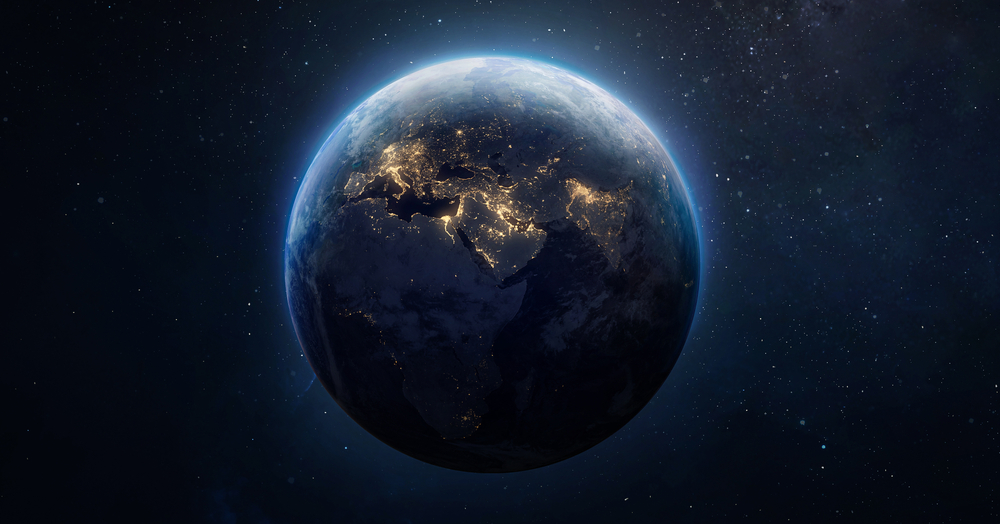
Many ancient religious texts discuss the belief that the Earth is the center of the universe. However, with advancements in astronomy, there is evidence that the Earth is not the center of the universe or even the solar system.
12. The universe was created in six days.
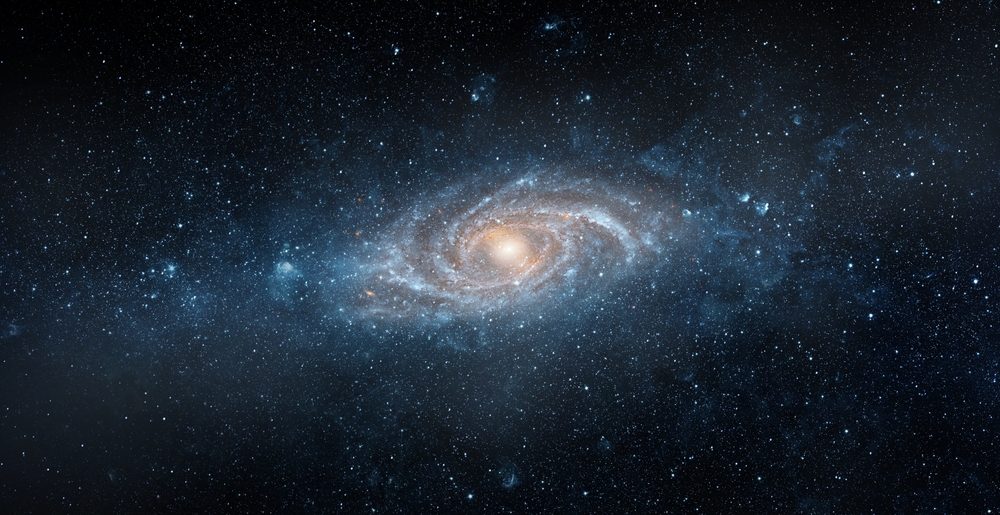
Some religious texts hold firm with the idea that the universe was created over six days. However, scientific findings about the age of the universe, geological formations, and fossil records suggest a longer and more complex formation.
13. The Sun revolves around the Earth.
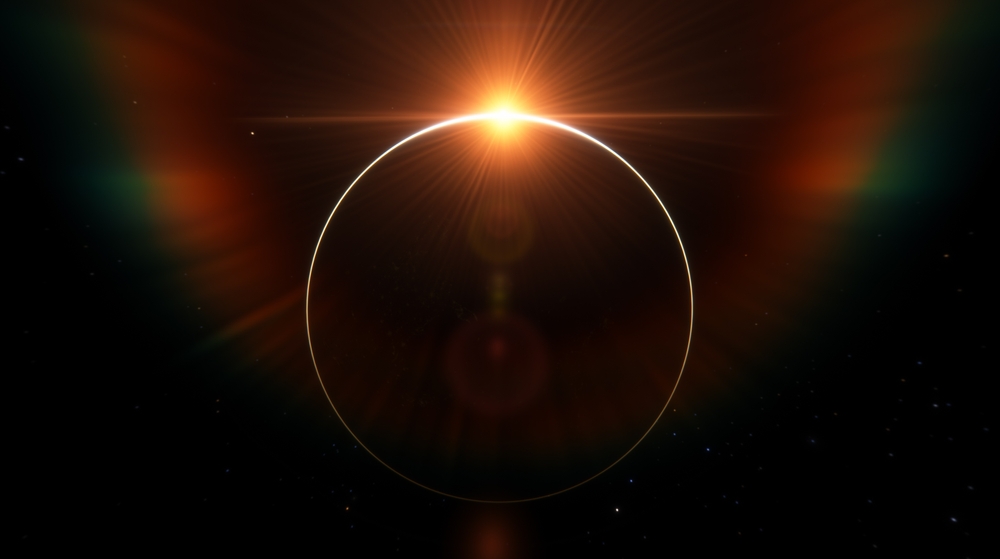
A geocentric model that placed the Earth at the center of the solar system was the central belief of scientific and religious communities for centuries. That was because, for the longest time, science and religion were tied together. However, a new model has been developed through centuries of astronomical observation which places the Sun at the center of the solar system with Earth and other planets revolving around it.
14. Certain events are definite miracles.

Many faiths hold to the belief that miracles are real and explanations for unexplainable events. While science cannot unequivocally disprove a miracle, it prioritizes seeking natural explanations for strange events. If an event can’t be explained, scientists are more likely to believe that they haven’t found the explanation yet, rather than chalking it up to a miracle.
15. Life was spontaneously generated.

Many religious doctrines support the idea of spontaneous generation. This is the belief that life arises from nonliving matter spontaneously. This theory has been debunked by many scientific experiments over the years. Modern biology proves that life comes from existing life through reproduction.



